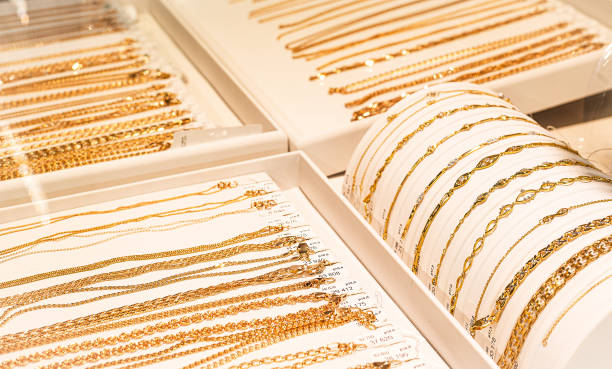Tracing the Journey of Bullion from Ore Mining to Commerce Distribution
Wiki Article
Gold has been a valuable material for millions of years, appreciated not only for its beauty but also for its functional value in various fields. The path of gold begins with ore extraction, a process that involves recovery. Miners explore for gold concentrations in the earth, which can be found in different shapes such as nuggets or grains embedded in other minerals. There are several methods of mining, including placer mining and hard rock mining. Placer mining involves extracting gold in riverbeds, while hard rock mining requires digging deep into the ground to remove gold-bearing rocks. Both methods can be work-intensive and require careful strategizing to be successful.
Once the raw material is extracted from the ground, it must be refined to isolate the gold from other elements. This process usually starts with grinding the ore into small pieces, making it easier to manage. After grinding, the ore is subjected with chemicals to leach the gold. One common process is using cyanide, which combines with gold and allows it to be isolated from other minerals. This step is crucial because it enhances the refinement of the gold and prepares it for further purification. The remaining materials are discarded as tailings, which must be handled properly to avoid environmental harm.
After the gold is removed from the ore, it goes through enhancement to achieve a higher level of cleanliness. This step often involves melting the gold at high temperatures use this link to remove contaminants. Various procedures can be used for refining, including electrolytic refining and cupellation. Electrolysis uses electrical energy to separate impurities from refined gold, while cupellation involves subjecting gold in a oxidizing furnace that absorbs unwanted substances. The final product is typically three nines gold, ready for use in jewelry, electronic devices, and other industries.

Once refined, gold is cast into ingots or coins before being distributed to exchanges around the world. Gold bullion are commonly used by financial institutions as a form of store of value or backup asset. Currency are often crafted for numismatists or general exchange, depending on their appearance and collectibility. Supply chains include wholesalers and dealers who sell gold goods to customers. The price of gold changes based on consumer demand and supply factors, impacting how it is sold and traded globally.
The entire lifecycle of gold from ore extraction to commercial supply highlights the detail of this valuable metal’s life cycle. Each step requires attention to detail and proficiency to ensure that the final item meets quality standards and addresses consumer needs. Grasping this process not only explains how precious materials are procured but also reinforces the importance of environmentally sound mining that protect both stakeholders and the planet. As the appetite their website for gold continues around the world, acknowledging this sequence ensures that we recognize its worth beyond mere ornamentation, acknowledging its place in our economy and communities.